This article was first published in August of 2015
For the shore bound angler on the Cape Cod Canal, one alternative to summer’s annual dog-day fishing doldrums is fluke fishing.
Given the right set of conditions, fluke fishing from shore can be an enjoyable and productive fair-weather summertime activity.
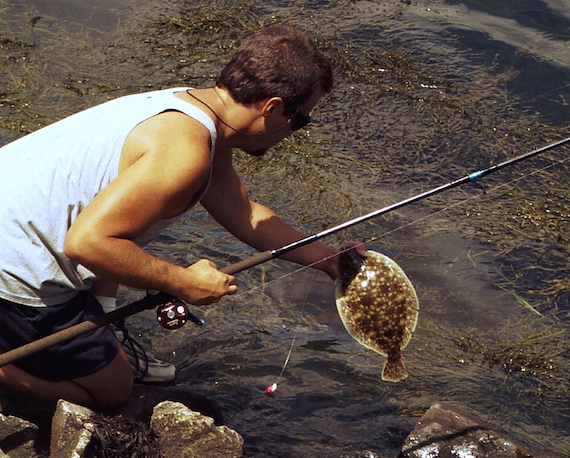
Tackle for Fluke Fishing
the Cape Cod Canal
When fluke fishing from the shoreline of the canal, most pre-tied fluke rigs you can purchase in any tackle shop will suffice.
The key to many successful landings is using off-set fluke hooks, which provide a proper hook-set on those soft flatfish mouths.
If you’re fishing with a fluke rig and find that you’re consistently missing on short takes, try using smaller flounder hooks.
Using the proper size weight is vital to fluke fishing success in the canal.
Depending on the stage of the tide and the current, 2, 3, 4 and even 5-ounce sinkers, used in conjunction with a sliding “fishfinder” rig, allow the bait to get down deep along the bottom.
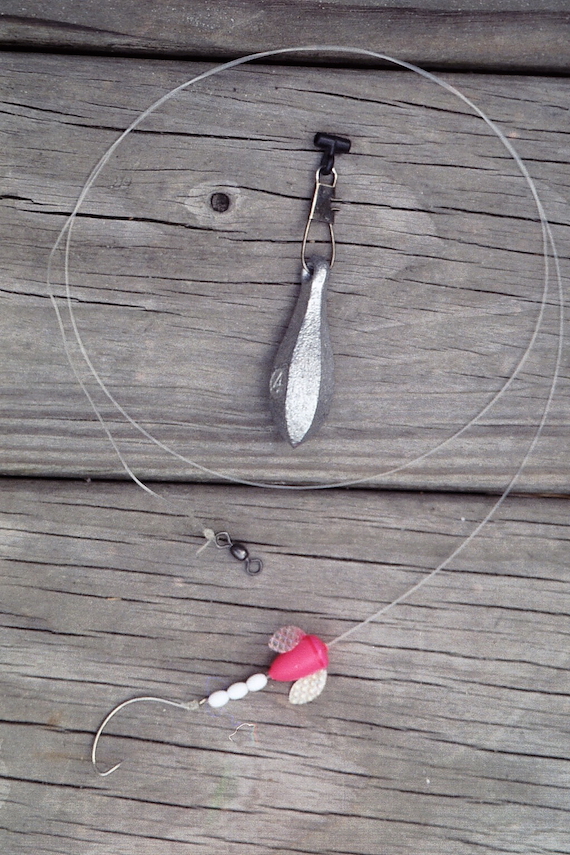
Hitting bottom in the strong currents of the canal is essential.
I’ve always been a loyal proponent of using braided line when fishing in the Big Ditch, and fluke fishing is no exception.
Braided line allows you to use thinner diameters, which cause less drag in the current, thus helping to get your bait straight to the bottom.
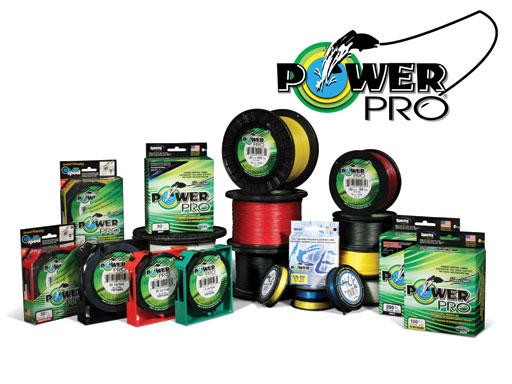
The sensitivity of braid is unmatched. When used in conjunction with a light to medium saltwater bait-casting or spinning outfit, you can feel any subtle takes that fluke are known for.
By adding a mono leader, you’ll have the added stealth and stretch needed to keep from ripping the hook from the fluke's soft mouth tissue during battle.
Best Baits For Fluke Fishing In The Canal
As with most other fishing applications, fresh bait is always better than frozen. For fluke, a variety of natural baits will work well, including:
White colored pork rind or thinly cut strips of herring, pogy, or even fluke bellies themselves (thin strips cut from the white underside of a fluke) will also work.
For the best chance at success try to match the natural forage of the area you are fishing.
The Recommended Technique for Fluke Fishing at the Cape Cod Canal
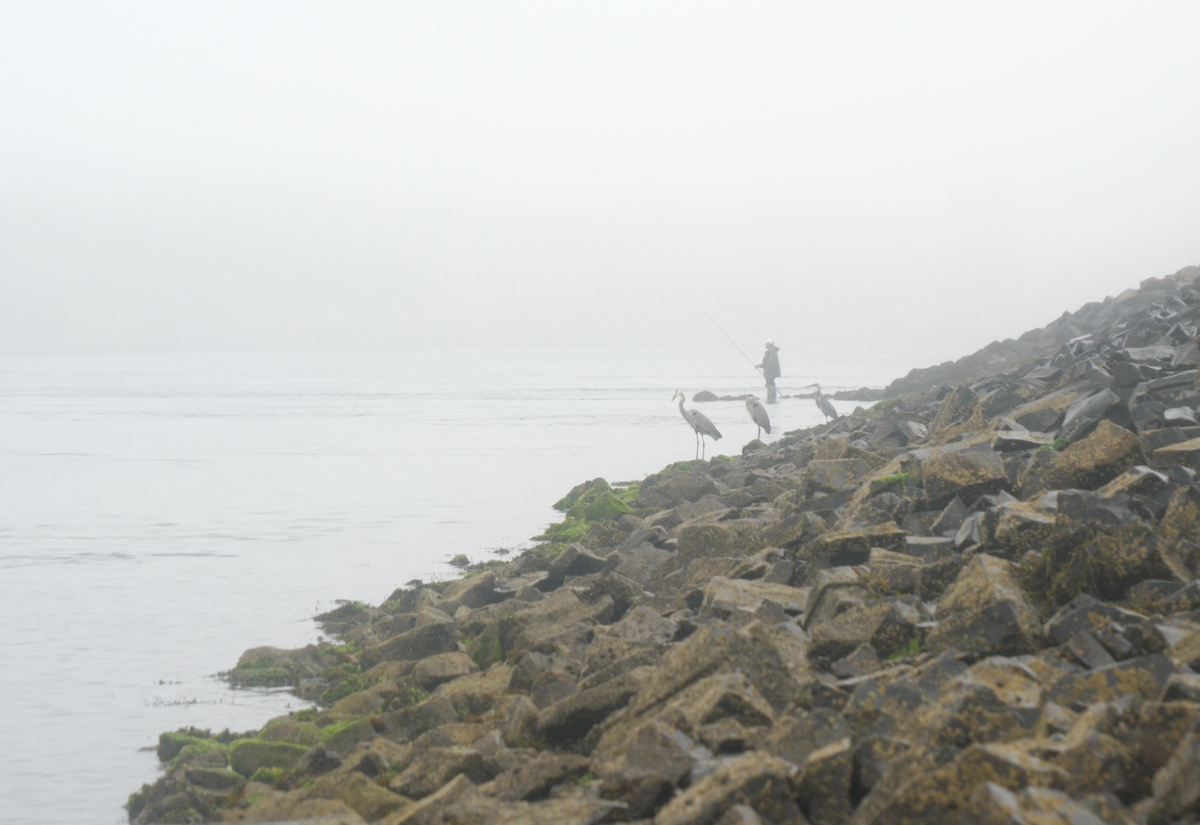
The bait-fishing technique for fluke in the canal involves casting and drift/bouncing the bait along the bottom with the current, swinging it into holes, over sand bars and around soft structure.
For every solid bump you feel, set the hook. As the rig approaches the end of the drift, be sure to begin a fast retrieve to keep it from hanging up in the rocks at the channel’s edge.
Best Tides For Fluke Fishing The Cape Cod Canal
The most active time for catching fluke in the canal is usually 1 to 2 hours on either side of slack tide.
This is mainly dependent on your ability to hold bottom and adjust your location adjacent to where groups of fish may hold position as the tide and current change.
Sometimes you'll even land a few schoolie stripers in the process!

If the tide is at or near slack, no more than 2-ounces of weight is really necessary at most fluke spots. As the current picks up, increase the size of the weight accordingly. If you are not bouncing along the bottom, then you are not catching fish.
Best Canal Fluke Fishing Spots
Once you get that first hit, take note of the exact position where the bite occurred relative to the drift. I cannot overstate how important this is.
Once fluke are located, chances are that will be the exact spot where you’ll receive multiple takes, providing you can drift your bait over it consistently.
In the Cape Cod Canal, fluke will often be found holding on sand bars in areas with a very slow current, or in eddies adjacent to swifter moving currents.
Some of the best locations to find fluke begin with some of the most well-known and easily accessible areas.
Pictured below is a good place to start when targeting fluke in the Big Ditch. The sandy bottom in this area is ideal for bottom bouncing with bait.
While you are in this area, don’t forget to try the opposite sides as well. The calmer slack waters here can also produce fluke.
Another nearby fluke fishing spot that can be productive includes:
The area shown below is also a prime fluke fishing location.
If you are standing on the east side of the above photographed spot, then a west flowing tide is best.
You can stand on the corner and cast out into the canal channel and let the bait swing with current into the slack water at the channel's entrance where it’ll drop to the bottom. Keep a wary eye on the boat traffic, which will be entering and exiting over your line(s).
Moving a little west, the two areas below are also good places to try.
The current here is slower than in the main channel so it’s easier to reach bottom.
Moving further west, the sandbar at the below spot on the Cape side has always been one of my favorite fluke fishing hotspots.
The key here is casting up current and getting the drift exactly right so that the bait bounces in a very specific line onto the sandbar in front of the big drain pipe.
On the far west end of the canal, on the Cape Cod side, prime fluke fishing locations include “Bourne Public Landing” and the spot photographed below.
Although the fluke will vary in size, you always stand a decent chance at landing a keeper doormat in these two spots. Here, a high, west-flowing tide is best.
Hint, the natural forage that thrives here are chubs (mummichogs, killfish, etc).
Also worth mentioning is the area located directly across the channel on the mainland side, which always has plenty of room to choose from.
Depending on the stage of the tide, you can fish the small sandy beach area where you first enter the parking lot, or you can try the deep, swirling hole adjacent to the tug boat pier.
In Conclusion
If you put in your time to sufficiently learn how a given fluke location reacts with the changing tide and current, you can catch fluke during all hours of the day at the Cape Cod Canal.
If you like to explore and seek out your own flat-fishing hotspots it can be worth the effort.
During low tide, look for areas with smooth bottom contours along sandy points or submerged humps. There are a myriad of sand bars, points and eddies to be explored along the entire stretch of the canal that can hold fluke during the height of summer.
With a little time, effort and exploration, you can literally flatfish your way through the dog days of summer in the Big Ditch.






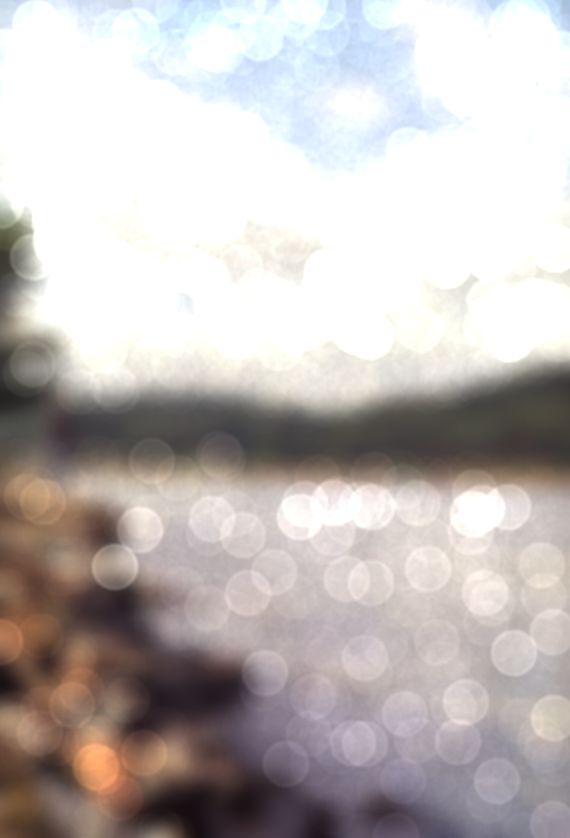
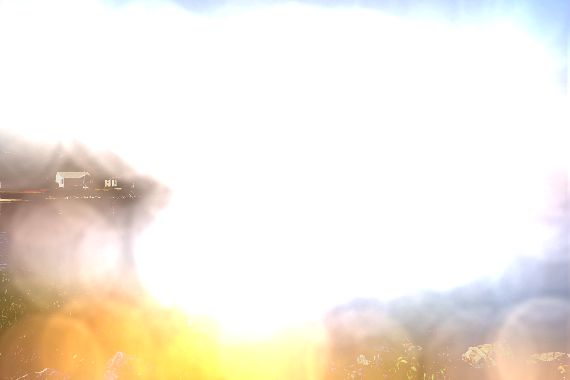
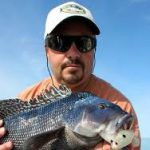
Great tips here and to add to the bait one can use for fluke in the big ditch is strips of mackerel and sea run Herring along with live chubs . Double hook the bait with the skin out when you are finished. Using bait holder hooks will increase your chances of keeping the bait on the hook as you allow the rig to drift with the current. Overall, the West run current sets up the best to catch fluke inside the canal itself. Using a three-way swivel rig with the weight on one end and the bait hook attached to one arm [with a storm weight will give you a slower transition from when the rig hits the bottom until you reel it up. Have the line to the hook about 16 to 20 inches long. Cast as far up current as you can to provide the most area you cover during the rig drifting along the bottom.
Leave the reel in free spool, but with your thumb on the spool. This will allow the rig to stay closer to the bottom and only engage once you make a hook up or are too far down current from where you made the cast. In most locations you will need to put a good cast together to be successful. Some of the places mentioned above can also be great for winter flounder, but using clams for bait . Peace and Prayers
Excellent, thank you Carl!
I can’t get every time I try to read articles. I submit my email address and either of the 2 logins I have had and none of them take.
I believe Lauren reached out to you via email Scott about this issue. Her address is [email protected] so hopefully you have it in your inbox. Please let her know (if you haven’t already) if the problem is still happening, by replying to her email. We are happy to help!
Thank you John! I had not considered fishing for fluke at the canal and now can’t wait to try it!
Thanks John great information to have. Really appreciate it.
Thanks John! Appreciate the spots and you sharing when and how. Great stuff!
Ed
Are you able to catch fluke tipped with gulp at the canal?
Hey Nick,
I’ve never tried Gulp for fluke, but I don’t see why it wouldn’t work.
Have you caught fluke on gulp in other spots?
I’ve been catching fluke on gulp in other spots. I use a double bucktail rig, put gulp on one bucktail and squid or mackerel strips on the other. Some days they go for the bait, some days they go for the gulp. I use the white or pink and white mullet 4-5″.
Thank you for sharing those tips Patrick. Much appreciated! ??
Good stuff,
How would I rig the sand eels on the hook for best results during casting/drifting without losing my bait?
Hey Bruce – I personally don’t fish sand eels often, but when I do fish sandeels, I hook 3 sand eels at a time, through the eyes.
Good stuff John.
Thanks for contributing!
Very nice John….fluke is a good way to mix things up from the usual striper routine.
Great info. Thanks John
Thanks for the area’s to try. One you mentioned is where my buddy likes to fish.
Hi FZ,
Yeah, I know which one….
😉
Wow … thanks! Looks like a no-lose recipe …
It’s still the Canal… so success is never guaranteed. Like anything else you have to experiment, move around, and put your time in.
Good Luck!
JD.
Great report John,
Every time after finishing the PMC, I have looked at the swirling currents by the corner of the pier at Mass Maritime and thought it would be a great spot to fish!
Thanks Dex. I used to know someone who worked at Mass Maritime and he told me that some real big doormats like to sit down on the bottom inside the deep hole that is created by the Maritime ship every time they turn the screws and/or maneuver.
JD.
Good info. I have a friend who for years has touted the fluke fishing in the canal. I hope to get his location this year maybe even accompany him. He does very well. I think he told me recently that about now is when he starts fishing for them. Look forward to the next segment. P.
Thanks FZ. It’s a great dog-days alternative and change of pace to night-shift striper fishing.
I actually have a sand eel rake, but never used it. Not too many places to rake sand eels out my way. So I was always dependent on the bait shop having fresh sand eels. Makes a difference…
-JD-
Great article John,
I have a question do you think sand worm will work or are sand eel cheaper and better bait?
Excellent question PP…
Although they’d probably work fine, the problem with worms is that they would be hard to keep on the hook while doing long, heavy casting into the strong currents of the canal.
That said, I imagine they could be used at the mouth of Sandwich Marina and the east end jetties, (locations are discussed in part 2) if you were doing a soft toss at high tide… as long as the currents were not too strong. But given the effort involved with any type of fishing on the canal, if I did try worms, I’d at least bring a backup supply of sand eels just in case.
For that reason, I used to put 2 or even 3 sand eels on the hook at a time in case one fell off during the cast… I’d still have bait on the hook and it wouldn’t be a wasted drift.
JD.